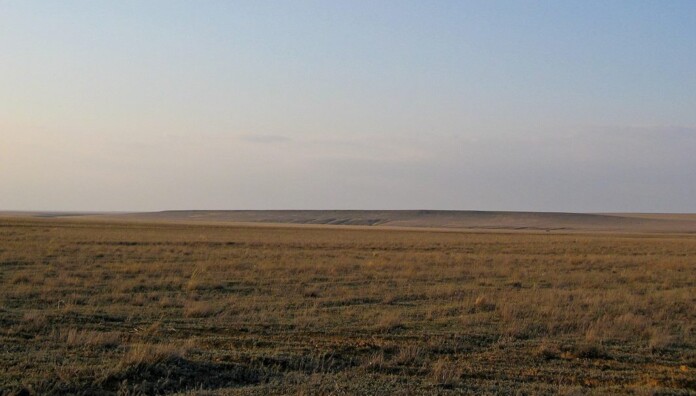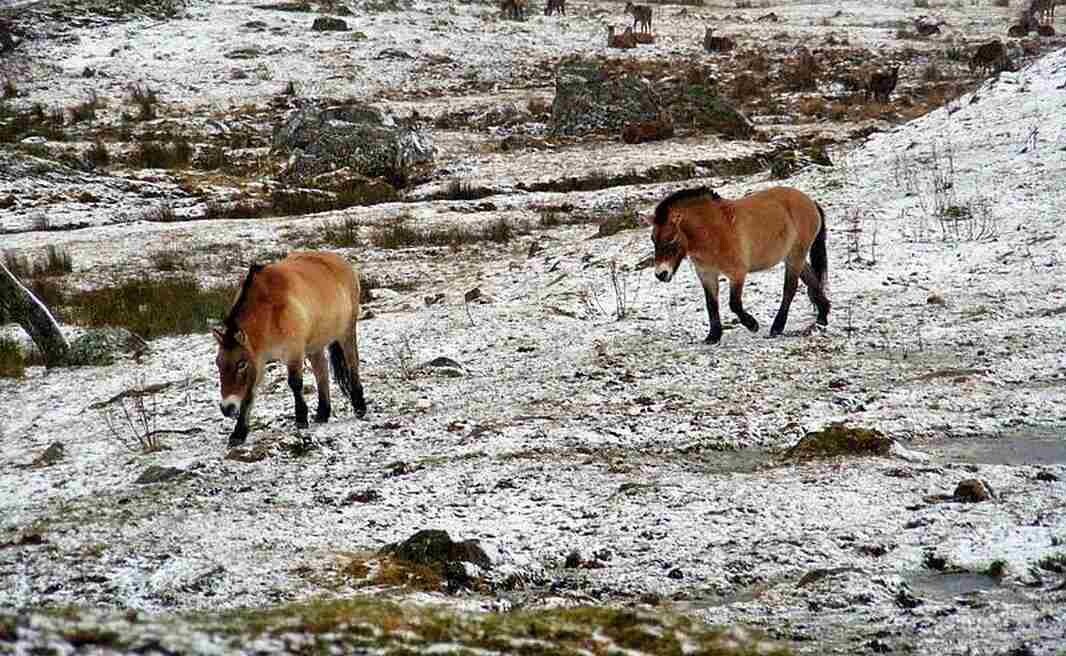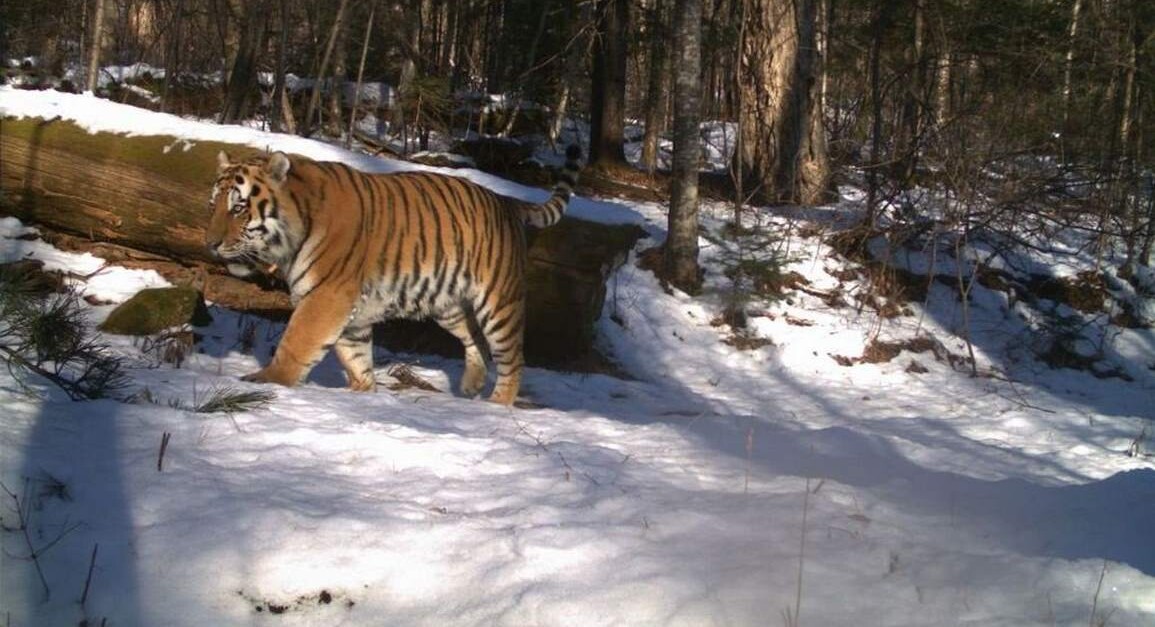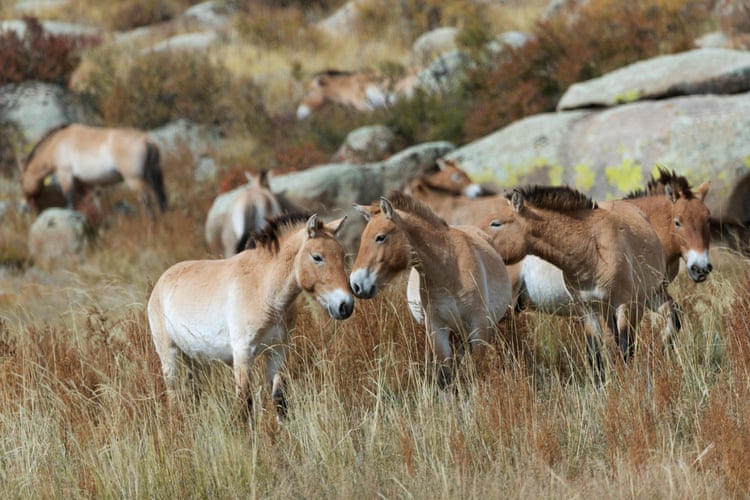In an inspiring return 200 years in the making, the last truly wild horse species has been reintroduced onto the open steppes of Kazakhstan.
The Guardian reports that four mares from a breeding program in Berlin and a stallion and two other mares from Prague, were flown to the Central Asian country to mark the second successful reintroduction of Przewalski’s horse to the lands that above all others are associated with this beloved animal.
At an unspecified place on the Eurasian Steppe around 6,000 years ago, of which Kazakhstan is a major component, human beings domesticated the horse. It changed history forever, for no people more so than the ancient residents of Kazakhstan and related topographies.
From that first day until now, all related species interbred themselves more or less out of existence with the exception of Przewalski’s horse, which is why its return is so exciting for the zoo teams in Berlin and Prague involved in the reintroduction.
“For me, the goal of a modern zoo is not just about protecting and breeding endangered species, it is about returning them to the wild where they belong,” said Filip Mašek, Prague Zoo’s spokesperson, while the Zoo’s director, Miroslav Bobak, called the event “the beginning of a whole new chapter in the story of the last wild horse on the planet”.

In 2011, Prague Zoo was also involved in a reintroduction of Przewalski’s horses to Mongolia which continued for 8 years until the population stabilized. There are now 1,500 such horses in the country.
The Kazakhstan reintroduction comes on the back of several environmental success stories driven by a passionate environmental movement in the country. This has included the reintroduction of Bukhara deer around the shores of Lake Balkhash, and the continued legislative and conservation efforts to restore the majestic saiga antelope, which have resulted in a growth of the population to 1.9 million.
This article by Andy Corbley was first published by The Good News Network on 12 June 2024. Lead Image: Przewalski’s Horse at the Highlands Wildlife Park – CC 3.0. Floato.
What you can do
Help to save wildlife by donating as little as $1 – It only takes a minute.






Leave a Reply